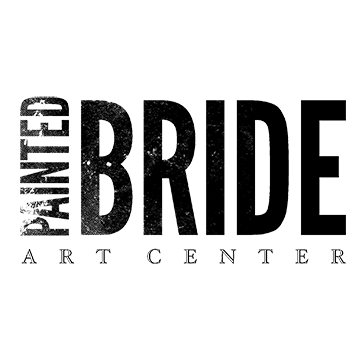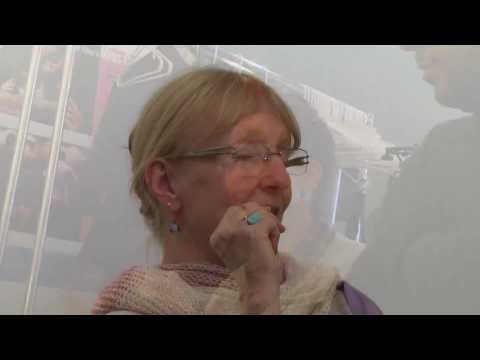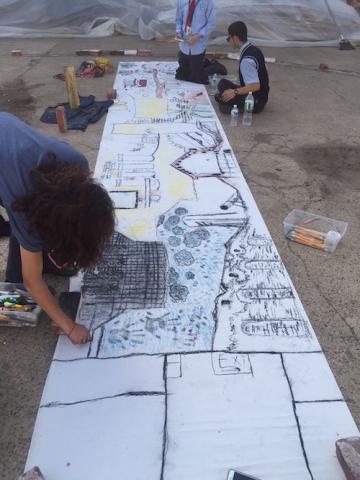Project Note: Faustin

Project Note: Faustin
refractions of a broken circle
by Lauren Bakst
Faustin Linyekula is a Re-PLACE-ing Philadelphia Artist/Thinker. Project Notes document and articulate Faustin's process and engagement with Philadelphia as he develops new work that will be presented here in April 2016.
Interlocutor Lauren Bakst reflects on Re-PLACE-ing Artist/Thinker Faustin Linyekula's recent visit to Philadelphia.
On Saturday, October 10th, I saw Faustin Linyekula perform at the Painted Bride Art Center with King Britt and musicians Heru Shabaka-ra, Tim Motzer, and Anthony Tidd as a part of Re-PLACE-ing Philadelphia. Faustin had just flown to Philadelphia by way of Paris, arriving only a few hours earlier.
Watching Faustin dance that night alongside these incredible Philly musicians was to surrender to another kind of, not yet named or knowable performative space. On the surface, the set up for the evening was simple—an improvisation between a choreographer-dancer and a group of musicians in a black-box theater. Maintaining the relationship of the proscenium, we the audience, sat in the risers, while the performers occupied the stage space. There were no frills, no theatrical deceptions, and yet something else, something I couldn't quite put my finger on, transpired.
A few days later, on Wednesday October 14th, Faustin gave a lecture at the University of the Arts as a part of the Knowing Dance More series entitled "The Broken Circle." Faustin shared that when he started dancing and was mostly performing in Europe, he actively avoided the performer-audience relationship of the proscenium. Not only a formal device, the proscenium relationship also carried with it the violent history of colonialism. So while performing in Europe, Faustin would often break this set-up, gathering the audience in a circle instead. However, when Faustin returned home to the Democratic Republic of Congo in 2001—where, as he said, when people dance they make a circle—he realized he could no longer assume this form as a given. The circle, an ideal shape suggestive of equality and democracy could not be so easily taken up. "If the circle ever existed, today it is broken," Faustin said. Gesturing with his hands, he demonstrated that if you cut a circle in half, pull those two halves apart, and straighten them out, what you end up with is this face-to-face relationship ... the broken circle.

Faustin's deconstruction of "the broken circle" helped me reflect back on his performance with Britt, Shabaka-ra, Motzer, and Tidd the previous Saturday. On stage, Faustin and the musicians were building and sharing a space that felt in many ways independent of the audience. Each of the performers were deep in their own practices—playing, listening, creating an-other energetic landscape in the room. At times, Faustin would address the audience with his gaze, but always from the same position at the down-stage right corner. Close but at a remove, his spatial position and front-facing body seemed to affirm a certain separation between him and us. Yet as he danced, his attention moving from outward to inward, he would draw us in, blurring the boundary he had just set up. At one point, Faustin lowered his body to touch the floor with his hand, repetitively brushing the surface. Through his gesture, I connected to the materiality of the place we were in, and simultaneously felt as if this move was transporting him, and by extension me, to another floor, another texture, another place. That night at the Painted Bride, a sense of here and elsewhere was built on stage; its echoes and reverberations charged me in my seat.
In his lecture at UArts, Faustin challenged us not only to acknowledge the broken circle, but to take responsibility to "remake the circle again even if it's temporary," "to reimagine who we are with a full awareness of the ruins around and inside us." In all aspects of his work, Faustin propels us into the present, inviting us to always be in the process of re-make-ing the circle.
Lauren Bakst is an artist and the Re-PLACE-ing Philadelphia Interlocutor.





